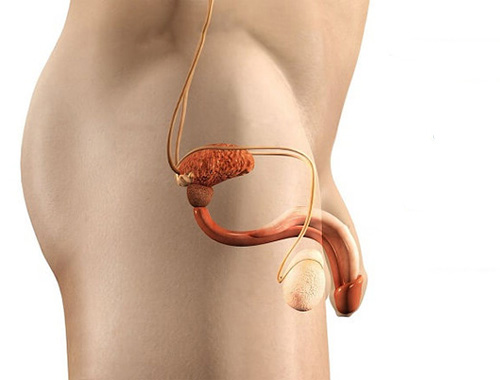Hypogonadism in male (Testicular hypofunction)
Hypogonadism is when the sex glands produce little or no hormones. In men, these glands (gonads) are the testes. Testicular Hypofunction is an endocrine disorder and usually affects the left testicle. The vein from the testicle will usually swell when you are suffering from this disorder. May present with features of testosterone deficiency and-or infertility. Testosterone should be measured in all men with erectile dysfunction. When caused by pituitary macroadenoma, patients may have additional symptoms due to mass effects, such as headaches or peripheral visual disturbance. There may also be signs and symptoms of other pituitary hormone deficiencies. Measurement of the gonadotropins (LH and FSH) distinguishes between a primary and a secondary cause. Early morning serum total testosterone level below 300 nanograms-dL on at least two separate occasions in a symptomatic man generally confirms the diagnosis of hypogonadism. Replacement therapy with transdermal or injectable testosterone is generally used to maintain androgenization. The aim of testosterone replacement is to achieve serum testosterone levels within the normal range with dose adjustment to have the maximum effect on alleviation of symptoms.
